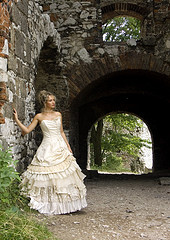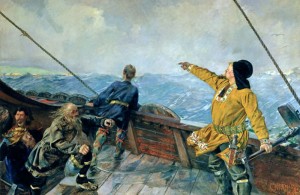 Like millions of other readers I’ve turned into a couch potato this summer, curled up with Stieg Larsson’s addictive page-turners. I could be out accompanying my dog Max as he tears through his favorite park hunting for forgotten sandwiches on summer evenings. Or dallying on the beach with g&t in hand. But no. I’m at home, mastering the intricacies of Swedish geography, intelligence agencies, and libel law. The Girl with the Dragon Tattoo has shanghaied my summer.
Like millions of other readers I’ve turned into a couch potato this summer, curled up with Stieg Larsson’s addictive page-turners. I could be out accompanying my dog Max as he tears through his favorite park hunting for forgotten sandwiches on summer evenings. Or dallying on the beach with g&t in hand. But no. I’m at home, mastering the intricacies of Swedish geography, intelligence agencies, and libel law. The Girl with the Dragon Tattoo has shanghaied my summer.
I’ve now finished the third and final book in Larsson’s trilogy, a strapping doorstopper at 563 pages in hardback. The series was a great read, and almost worth all those forsaken summer pleasures. But on one point, I am miffed. Larsson never tells us why his hacker heroine, Lisbeth Salander, has that famous dragon tattoo breathing fire across her back.
Sure, she’s about as volatile a character as I can recall in fiction, a kind of dragon lady in Goth. And it may be that Larsson simply intended to remind us of the extreme consequences that awaited anyone who messed with Salander. But since the Swedish author died soon after submitting all three novels to his publisher, we will never know. And that leaves a huge, open field for speculation.
So I began thinking about this famous tattoo, and then tattoos in general. And since I’m an archaeology writer, I began thinking about body markings in an archaeological way. Who, I wondered, were the first people to sport images on their bodies and why? And what did the ur-tattoos look like? Some of the answers surprised me. Continue reading →





